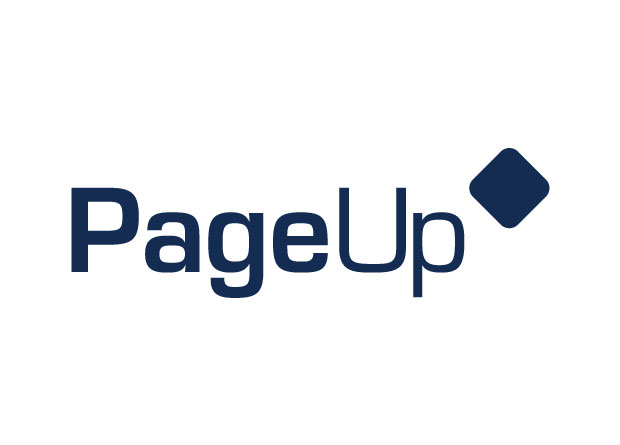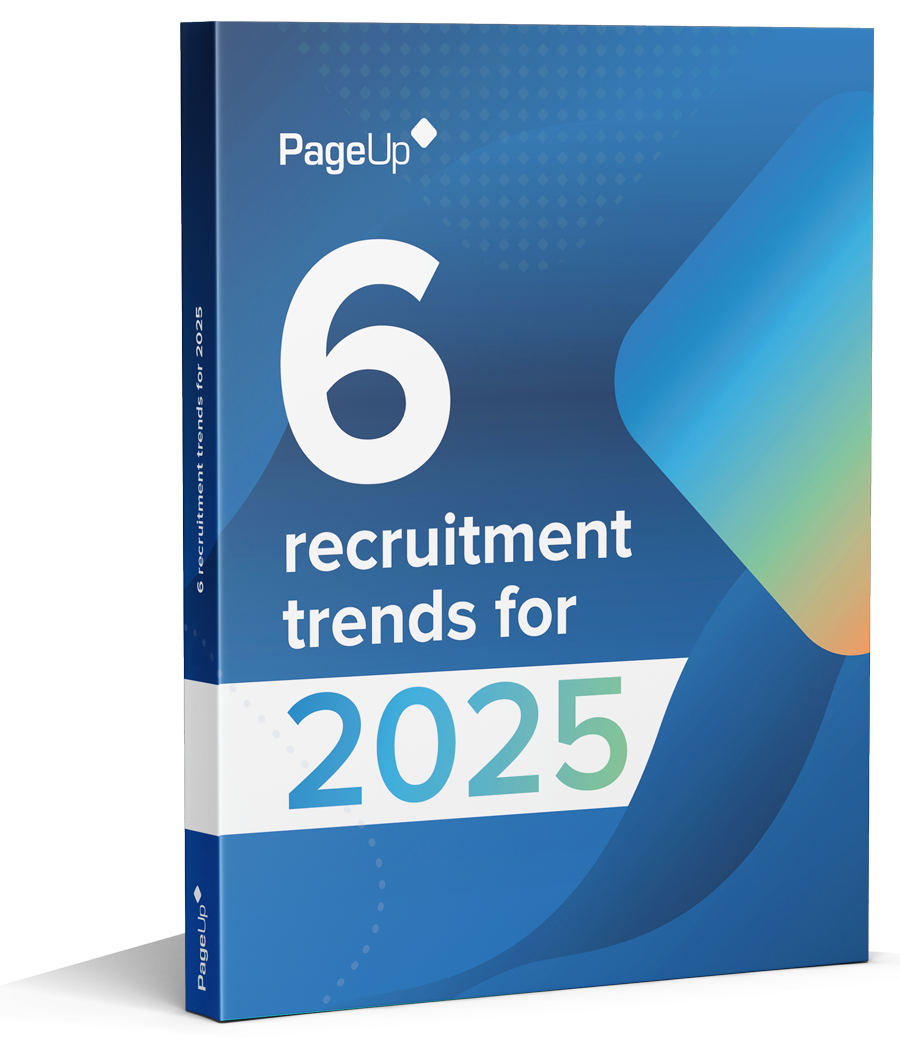As one global survey after another continues to highlight, getting employee engagement right is difficult, if not downright impossible. And it’s at the top of most organisationsorganizations’ To Do lists, given the recognisedrecognized relationship between engagement and organisationalorganizational performance.
For a company that employs 25,000 employees, yet deploys many of those workers to provide services for other, sometimes remote, organisationsorganizations, the engagement challenge can be particularly daunting. That is the case for Programmed, a company that has delivered staffing, maintenance and facility management services across a range of diverse industries for the past 65 years. In that time, the company has learned a thing or two about how to develop an engaged workforce.
Melissa Donald, General Manager of Talent & Diversity at Programmed, spoke with us about five aspects of engagement that she finds most critical. In her role at Programmed, Melissa drives talent, leadership, engagement and diversity efforts across the organisationorganization. Under her direction, the company is continuing its efforts to focus on cultural diversity, including Aboriginal and Torres Strait Islander employment. In fact, the company established an award-winning 10-year Aboriginal and Torres Strait Islander Engagement and Employment Strategy in 2010 to increase the representation and retention of Aboriginal and Torres Strait Islander employees within the business.
We ask questions about leadership, career, development, work environment, flexibility, diversity and management.
With such a diverse workforce operating in so many areas, how does Programmed approach engagement?
We take stock of our employees’ engagement with an annual engagement survey that has been in place since 2010. We ask questions about leadership, career, development, work environment, flexibility, diversity and management. We also provide five areas for free text comments, which drive actions that we can circle back to address. We use a feedback tool to support conversations after the surveys. As a result, our overall engagement is up 8% since 2010.
Are you concerned that measurement myopia can set in – that you can start to get hung up on the score you’re targeting?
I absolutely agree this can happen. We have targets that we’re trying to achieve, but there is a richness to the open text and we focus as much on this as the scores. Some executives just take the feedback and do nothing. That just won’t cut it in future.
That relationship-based, family sense has always been the reason why people come to work for us.
During our discussion, Melissa highlights five aspects of engagement and what influences them:
1. Connectivity
It’s the feeling that you belong. You have personal and professional relationships and that makes it a pleasant place to work. For us, regardless of how big we get, there’s a feeling of family connectivity. That relationship-based, family sense has always been the reason why people come to work for us.
2. Recognition
Recognizing a person’s achievements and just saying thank you is so important. Our company recognition program is for anyone who is caught in the moment displaying a “Programmed Difference.” This is about our ability to deliver top quality service to our customers across a range of services in one location, having great relationships and adding value. We direct this toward field employees since they interact with customers, but it can be awarded to senior-level executives as well. It’s not about putting them on a pedestal, but saying, “You’re doing a good job.”
3. Care and empathy
That’s not just for work colleagues but for our community too. For instance, when we talk about safety, it’s not just about being safe in the workplace, but at home as well. At the beginning of executive meetings, we share “safety pauses”, during which someone will share a safety event they recently experienced. These often relate to something that happened at home, such as a 5-year-old trying to reach the stovetop. The lesson is to be more aware of what’s going on and pay attention to ensure the safety of the family.
4. Visible leadership
We know that one of the keys to successful change is visible leadership. Division CEOs own the actions coming out of engagement survey feedback. They work with their leadership teams to implement those actions. HR’s role is giving managers and employees the tools to engage, not trying to do it for them.
5. Manage change and performance well
Agility and adaptability are becoming the two most important skills for managers. We don’t have a traditional performance rating system. So we tend not to have formal KPI discussions but instead talk about two things we want someone to work on. We call it “review and reflection.” We are trying to shift to coaching in the moment rather than rigid and highly structured performance systems and we believe that is having a positive effect on engagement.
For a services company that focuses on relationships, engaging its people is central to Programmed’s success. That’s why we focus on the conversations and creating an inclusive workplace where everyone can reach their potential.
Fresh insights for HR
Stay up to date with HR trends, tips and more when you sign up for our industry newsletter





